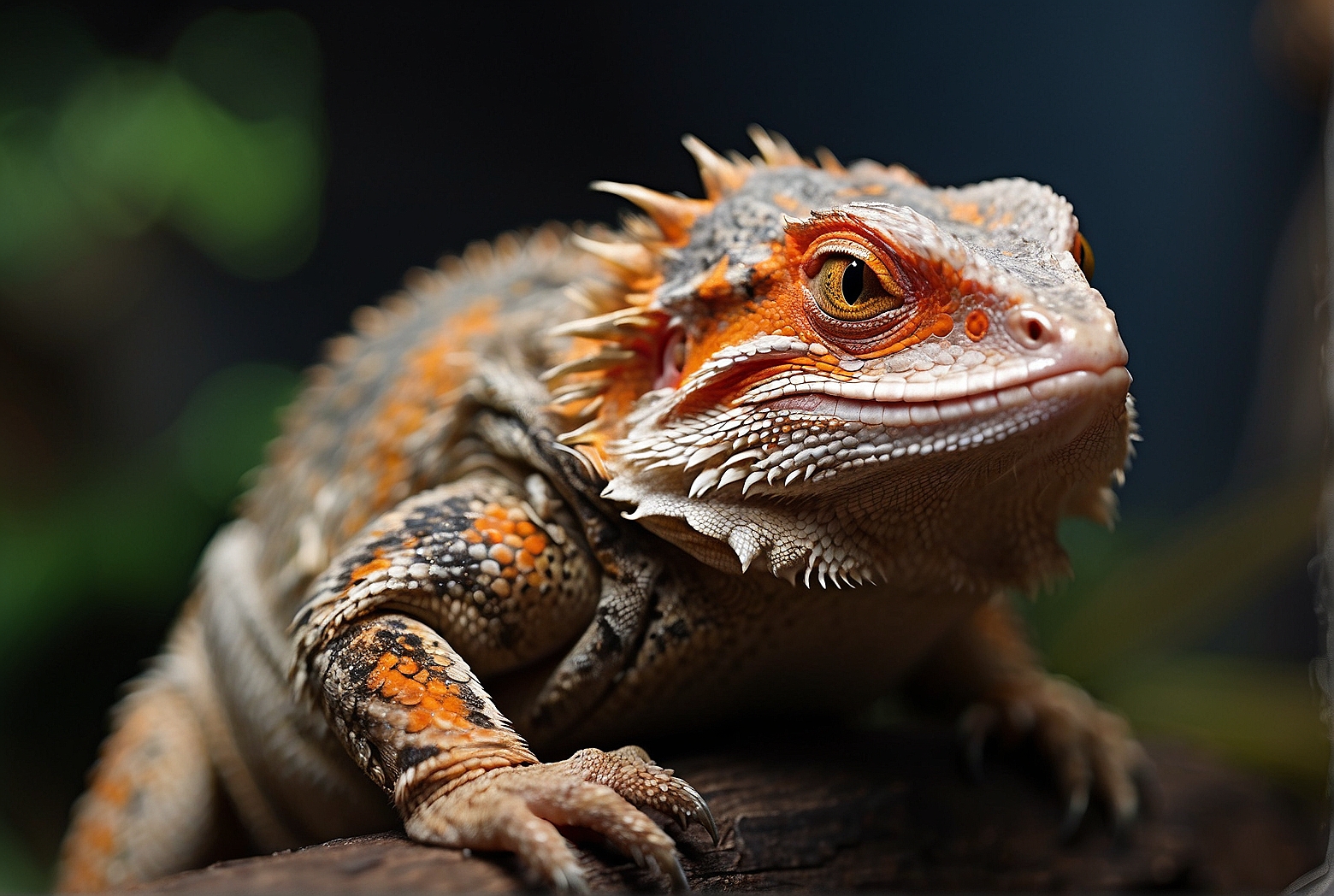Are you curious about whether bearded dragons are easy to maintain as pets? Fortunately, these reptiles are known for being relatively low-maintenance compared to other pets, such as dogs or cats. With a proper setup of a suitable enclosure, regular feeding, and basic care, you can enjoy the companionship of these fascinating creatures without too much hassle. Similar to the dalmatian dog breed, bearded dragons can make wonderful pets for those looking for a unique and interesting animal companion.
Are Bearded Dragons Easy To Maintain?
Do you find yourself intrigued by the idea of owning a bearded dragon but unsure of what it takes to properly care for one? You may be wondering, “Are bearded dragons easy to maintain?” Let’s delve into the world of these fascinating reptiles and explore what it takes to provide them with a comfortable and thriving environment.
What Makes Bearded Dragons Popular Pets?
Bearded dragons have become increasingly popular pets in recent years, and for good reason. Their friendly demeanor, docile nature, and relatively easy care requirements make them an appealing choice for both novice and experienced reptile enthusiasts. These reptiles are known for their unique appearance, including a “beard” of spiky scales under their chin that they puff out when threatened or displaying dominance.
Understanding Bearded Dragon Behavior
Bearded dragons are known for their calm and gentle temperament, making them suitable pets for families with children or individuals looking for a low-maintenance companion. These reptiles are diurnal, meaning they are active during the day and sleep at night, which can make them more interactive and engaging pets compared to nocturnal animals.
Providing the Right Enclosure
When it comes to caring for a bearded dragon, providing the appropriate enclosure is essential for their health and well-being. A large glass tank or terrarium with a secure lid is ideal, as bearded dragons are excellent climbers and can be prone to escaping if not housed in a secure enclosure.
Tank Size and Setup
Ensure that your bearded dragon has enough space to move around comfortably. A general guideline is to provide a minimum of 40 gallons for a single adult bearded dragon, with additional space recommended for larger or multiple dragons.
Heating and Lighting Requirements
Bearded dragons require specific temperature and lighting conditions to thrive. Provide a basking spot with a temperature of around 95-105°F (35-40°C) at one end of the tank and a cooler area around 75-85°F (24-29°C) at the other end to allow for thermoregulation. Full-spectrum UVB lighting is essential for proper calcium metabolism and preventing metabolic bone disease.
Substrate and Decor
Choose a substrate that is safe for your bearded dragon, such as reptile carpet, paper towels, or tiles. Avoid loose substrates like sand or wood shavings, as they can lead to impaction if ingested. Provide hiding spots, branches, and other decor to create a stimulating and enriching environment for your bearded dragon.
Feeding Your Bearded Dragon
Bearded dragons are omnivorous reptiles with a diet that consists of both insects and plant matter. Providing a balanced diet is crucial for their health and longevity.
Insect Feeding
Offer a variety of insects as part of your bearded dragon’s diet, including crickets, dubia roaches, mealworms, and phoenix worms. Gut-load insects with nutritious foods before offering them to your dragon to ensure they receive optimal nutrition.
Plant Matter
Include a variety of vegetables and fruits in your bearded dragon’s diet to provide essential vitamins and minerals. Leafy greens like collard greens, mustard greens, and dandelion greens are excellent choices, along with fruits like berries, mango, and papaya.
Supplements
Dust insects with a calcium supplement to prevent metabolic bone disease and provide a multivitamin supplement a few times a week to ensure your bearded dragon is getting all the necessary nutrients.
Handling and Interaction
Bearded dragons are known for their friendly and sociable nature, making them enjoyable pets to handle and interact with. However, it’s essential to approach handling with care and respect for your dragon’s comfort.
Proper Handling Techniques
Support your bearded dragon with both hands when handling to prevent injury or stress. Avoid grabbing them from above or startling them with sudden movements. Start with short handling sessions and gradually increase the duration as your dragon becomes more comfortable.
Socialization
Interacting with your bearded dragon regularly can help build trust and strengthen your bond. Allow them to explore their surroundings outside of their enclosure under supervision to provide mental stimulation and enrichment.
Health and Wellness
Maintaining your bearded dragon’s health is essential for their overall well-being. Regular monitoring, proper husbandry, and prompt veterinary care are key to ensuring a happy and healthy pet.
Signs of Illness
Be aware of common signs of illness in bearded dragons, such as loss of appetite, lethargy, labored breathing, or changes in stool consistency. Promptly seeking veterinary care if you notice any concerning symptoms can help prevent the progression of disease.
Veterinary Exams
Schedule regular veterinary check-ups to monitor your bearded dragon’s health and address any concerns early on. A reptile-savvy veterinarian can provide valuable guidance on diet, husbandry, and general care to ensure your dragon remains in optimal health.
Conclusion
So, are bearded dragons easy to maintain? While they do require specific husbandry, diet, and care to thrive, bearded dragons can be relatively low-maintenance pets for responsible owners. By providing a suitable enclosure, balanced diet, regular handling, and attentive healthcare, you can enjoy the companionship of these fascinating reptiles for many years to come.
